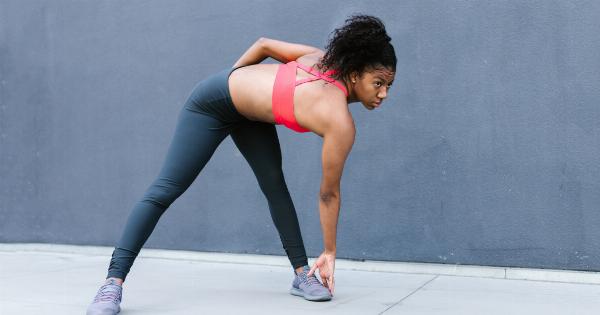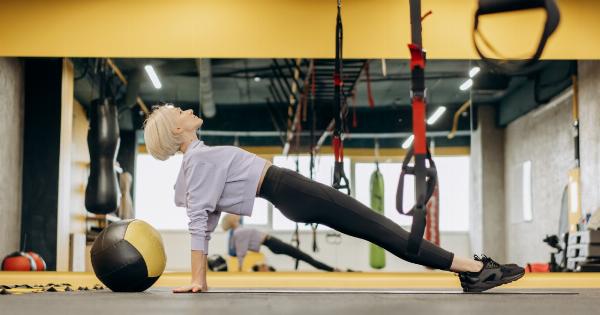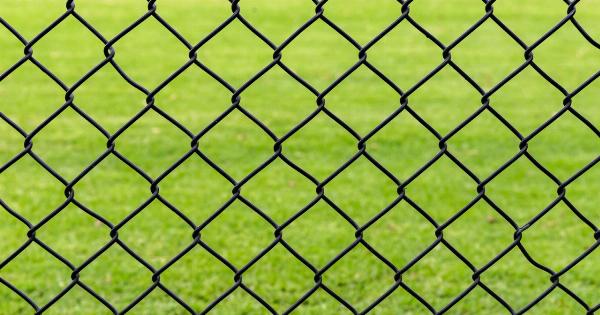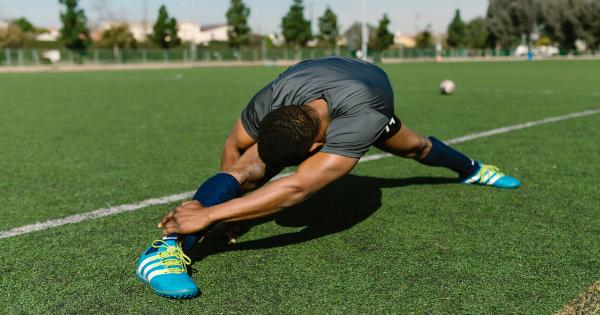As the years go by, it can become more difficult to maintain a healthy and active lifestyle. Staying in shape becomes more elusive and the risk of developing various illnesses increases.
However, exercise is crucial at any age, but especially once you hit the half-century mark. Not only does it help with weight management, but it also strengthens your immune system, boosts bone density and improves your overall quality of life.
So if you’re struggling to find a routine that works for you, this workout regimen may be the answer you’ve been looking for.
The Workout Routine
Before starting any workout regimen, it’s crucial that you get the okay from your doctor. Once cleared, set aside a specific time for exercise, dedicating at least 30 minutes a day to physical activity.
Starting with low-intensity workouts is recommended to prevent injury and allow the body to adjust to a new routine. Walking, swimming, and cycling are some of the best low-impact exercises that are gentle on aging joints.
Strength Training
Strength training is essential to build and maintain muscle mass that declines as we age. Not only does it help keep our muscles strong, but it also protects our bones, tendons, and ligaments ensuring that our body functions properly.
Start with free weights, resistance bands, and bodyweight exercises such as pushups, squats, and lunges. Aim for at least two training sessions per week working on all major muscle groups.
Functional Training
The older we get, the more challenging day-to-day activities can become. Functional training is aimed at improving a person’s ability to perform these activities by replicating the movements you would perform in your daily routine.
That includes activities such as carrying groceries, getting up from a chair, or bending over to pick something up. Incorporate exercises that involve twisting, bending, and squatting into your routine such as stability ball exercises, balance training, and yoga.
Cardiovascular Training
Cardiovascular exercise is essential to improve heart health, circulation, and stamina. Cardio can also help alleviate stress and promote better sleep. The key is to find activities that you enjoy to ensure you stay consistent with your routine.
Walking or jogging on a treadmill, cycling, and swimming are just a few ways to get your heart rate up. Aim for at least three days of cardiovascular exercise each week for at least 30 minutes at a moderate intensity.
Flexibility Training
Stretching is often overlooked, yet it’s one of the essential components of a workout regimen. As we age, our muscles and joints become less flexible, which can lead to stiffness and soreness.
Flexibility training helps to improve range of motion, preventing injury and improving posture. Incorporate a stretching routine into your daily workout regimen targeting all major muscle groups. Yoga and Pilates are also excellent options to improve flexibility and promote relaxation.
The Benefits of Exercise for Seniors
There is no denying the numerous benefits of exercise for people over the age of 50. It can help to improve heart health, control blood pressure, increase strength and flexibility, and improve sleep quality.
In addition, regular exercise can help reduce symptoms of depression and improve overall mental health. Exercise has also been proven to help improve cognitive function, reducing the risk of conditions such as dementia and Alzheimer’s disease.
Conclusion
Exercise is critical to maintaining a healthy and active lifestyle, especially as we age. Incorporating strength, functional, cardiovascular, and flexibility training into your daily routine can be challenging, but the rewards are well worth it.
If you haven’t exercised in a while, start small, work your way up and remember that consistency is key to realizing the benefits of exercise for people over 50.





























